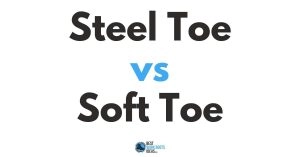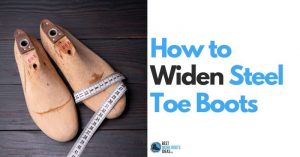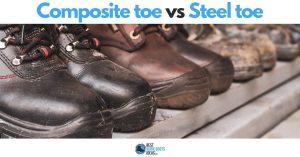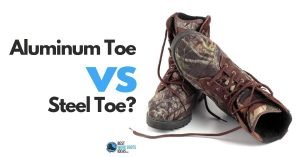Can Composite Toe Boots Be Stretched? Get the Complete Lowdown with some Common Myths Debunked
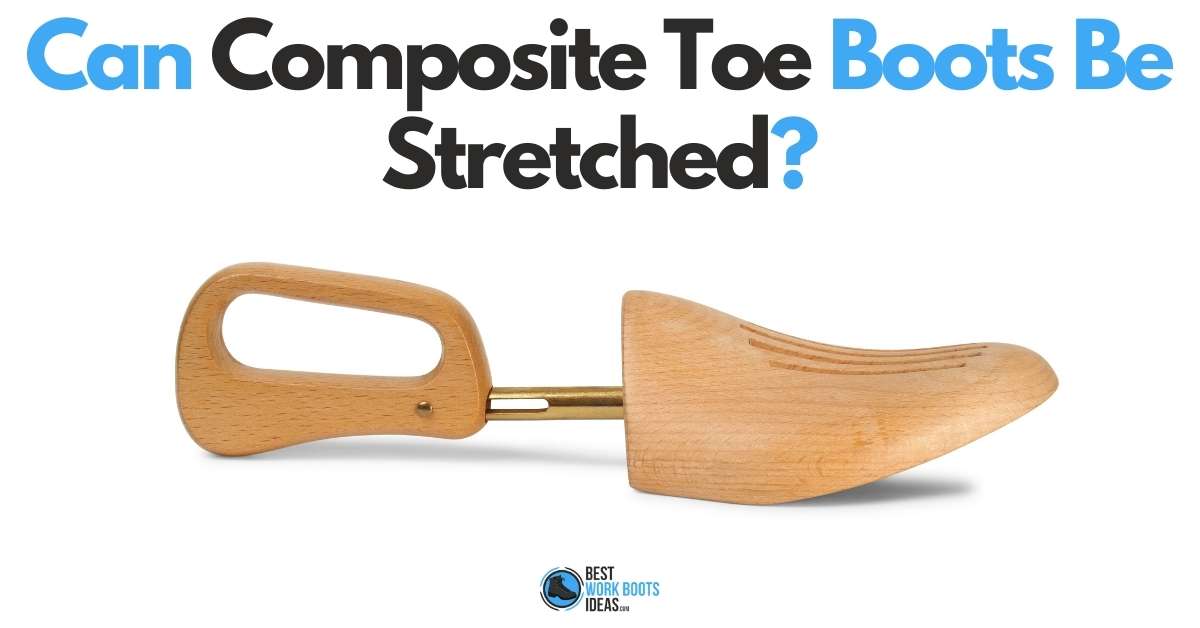
Contents
Yes, Composite Boots Can Be Stretched.
Composite toe boots are stretchable because they are often built with full-grain leather and solid construction that allow them to handle the pressure of being stretched. The toe cap style doesn’t have that much to do with whether or not a boot is stretchable, so composites can be stretched like any other work boot.
Not everything comes together perfectly in life and you’ll find that the fit of your boots is no exception.
Even those that do the utmost due diligence to get the right size when buying their boots might discover that a pair is a little tight.
Especially in the toe area!
There’s a lot of discussion regarding the stretching of dress shoes, the most common offender when it comes to footwear that’s too small.
There’s far less information about composite toe boots.
So, today I will answer the question:
Can composite toe boots be stretched?
Prior to working on this article I wrote an article that covered this topic more broadly.
I highly suggest you check that out prior to this article, as much of what I will be talking about here will build on things discussed in that article.
You might also be interested to know if steel toe boots can be stretched.
This article focuses on the reasons why composite toes have the characteristics of stretchable boots and the reasons why some might assume they don’t.
If you’ve no time to waste, don’t worry, I will answer the question if composite boots can be stretched starting right now.
Why Am I Able To Stretch My Boots?
The amazing properties of leather allow you to coax it into the shape that best suits your foot.
Beyond that, it’s a material that has a memory specific to your foot, so once you’ve got it in the perfect shape for your foot, it will stay like that.
While science is always trying to create a material that replicates leather, cow remains king in terms of boot construction materials.
Sometimes boots are made of other materials, and in these cases it would be more difficult and less successful.
This is an instance in which a traditional and natural product still outperforms natural and synthetic competition.
Top-grain leather is a less durable, modified product.
Boots made from it will stretch, but being thinner and less durable than full-grain, I wouldn’t recommend you get top-grain boots if you expected to have to stretch them.
Another possibility is that you have footwear made from a synthetic plastic or fiber material.
Traditionally found in more sport footwear, synthetics have pushed their way into the work boot market in recent years.
Synthetic Boot Construction
Boot uppers constructed with synthetic materials are difficult to stretch when compared to leather.
While lightweight, highly breathable, and stronger than ever, synthetic materials simply don’t have the necessary properties to achieve the fit that many people want from a boot.
The nature of synthetics is that they are more porous and elastic construction that allows for a more athletic performance for your boot.
This makes it so that any effort with a boot stretcher is likely to be short lived as the material will return to its original shape.
Speaking about the benefits of a synthetic, they don’t seem to grip your foot as firmly as leather, so there’s less of a need to stretch them.
They’ve also become more prevalent in the market as their material quality increases
During my research I even discovered a site for vegan mens footwear which, although it shouldn’t have surprised me, did.
It’s not as though I didn’t know leather was an animal product, I just never saw boots as a topic that would intersect with veganism.
For very obvious reasons, they do, but this was the first time I made the connection.
Why Have I Heard That Composite Boots Don’t Stretch As Well?
There are two reasons why composite toe footwear might get a reputation for being less stretch-friendly.
1. The composite toe cap is often bigger and bulkier than comparable toe caps made of metal.
This means you might have a boot where a larger area cannot be stretched because of the placement and size of the toe cap.
Make no mistake, whether it’s leather or synthetic made, no material is going to stretch if there’s a safety toe cap blocking your way.
Those materials are made to withstand thousands of pounds and are not going to make way for your toe or a boot stretcher.
If you assume that the composite toe cap is on average larger than metal ones, you have a smaller area of the boot that can be stretched.
This should be considered if you have a tough time getting a proper fit and think you might need to stretch it.
2. Composite toe boots represent the future of materials and construction methods, very often these are the boots more likely to have synthetic uppers than something that markets itself as a traditional work boot.
To Wrap It Up
To be clear, composite boots can be effectively stretched like any other work boot so long as they’re full-grain leather construction.
Yes, there are some characteristics that make it difficult to stretch a boot more commonly seen in composite boots.
That said, it doesn’t mean you can’t find a composite toe with good leather that will stretch nicely.
Just be alert of what you’re looking for next time you’re boot shopping.
We don’t know your reasons why you might want to stretch your composite toe boots.
It might be foot pain or thick socks causing a snug toe box, just know that there are options for your safety boots.

